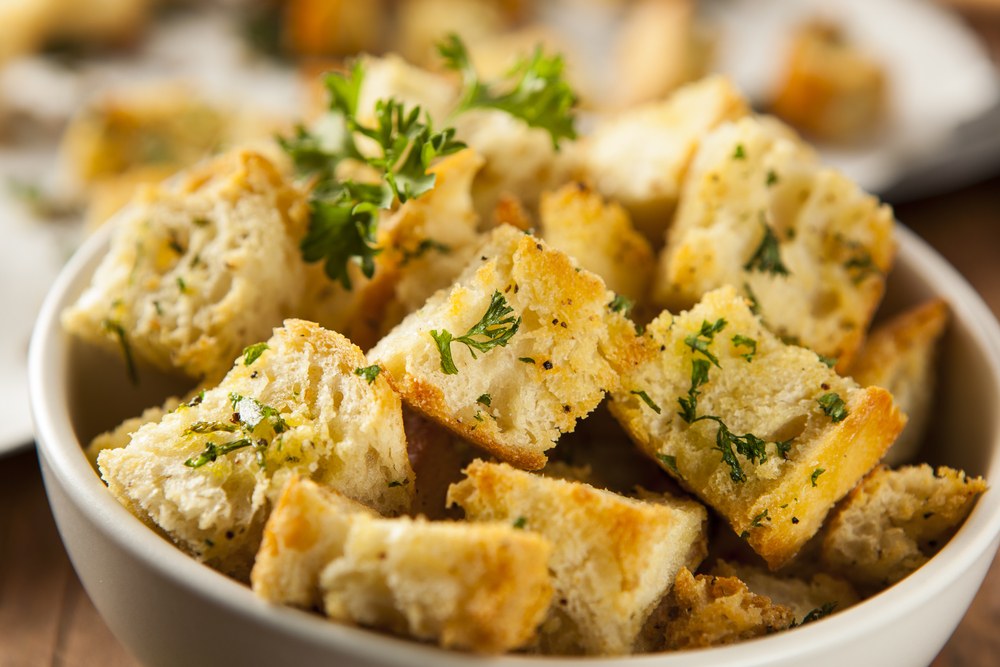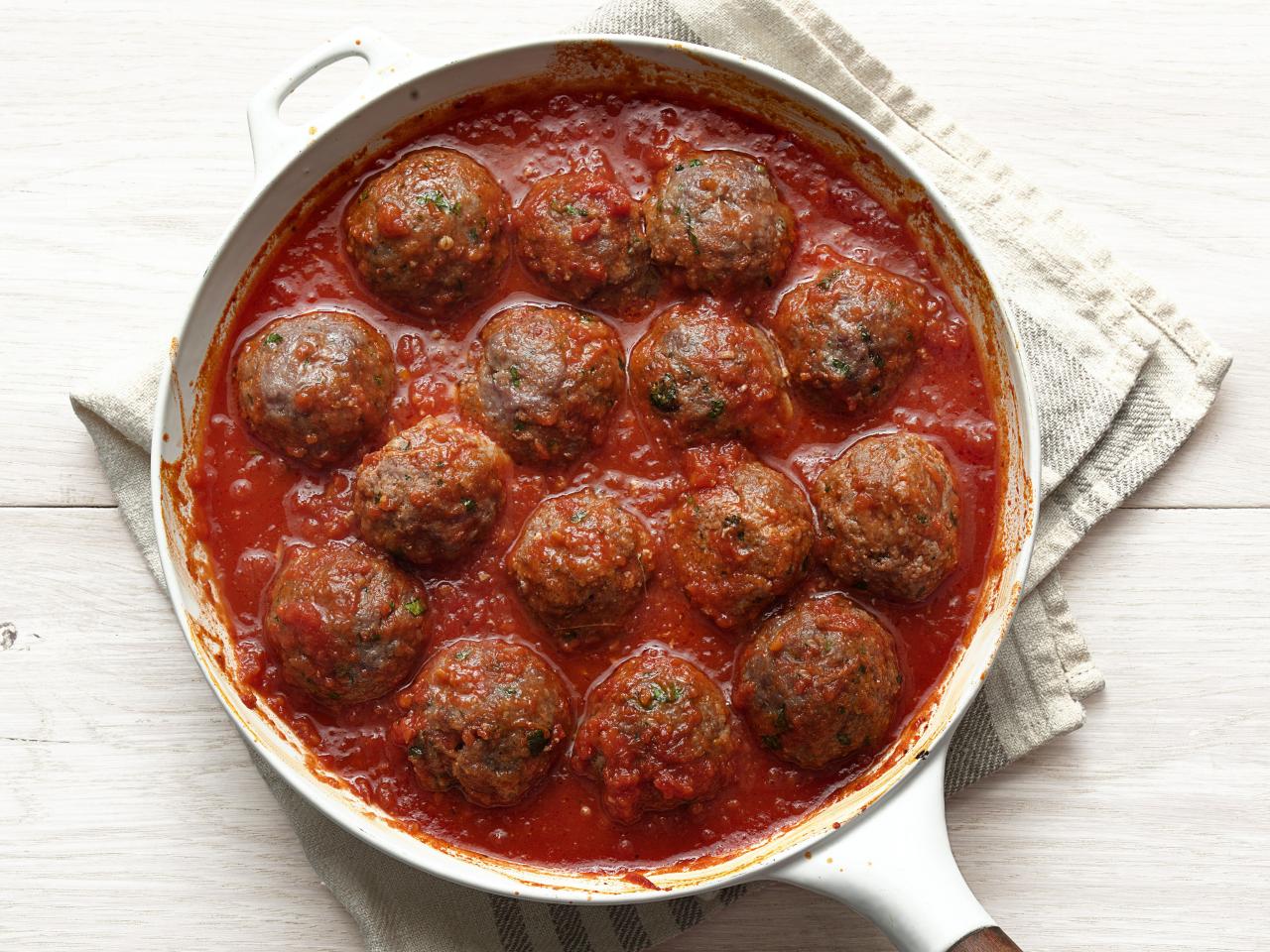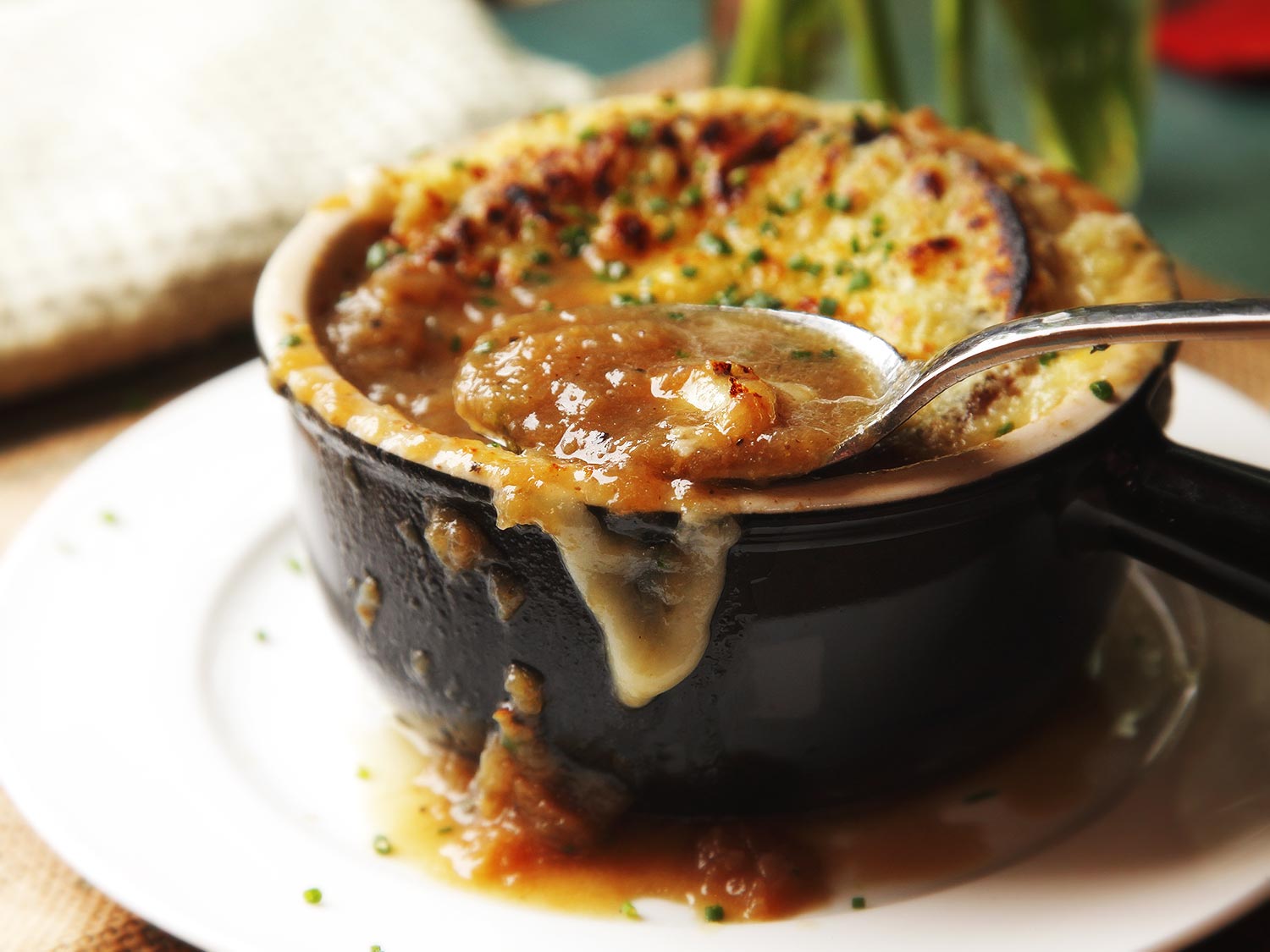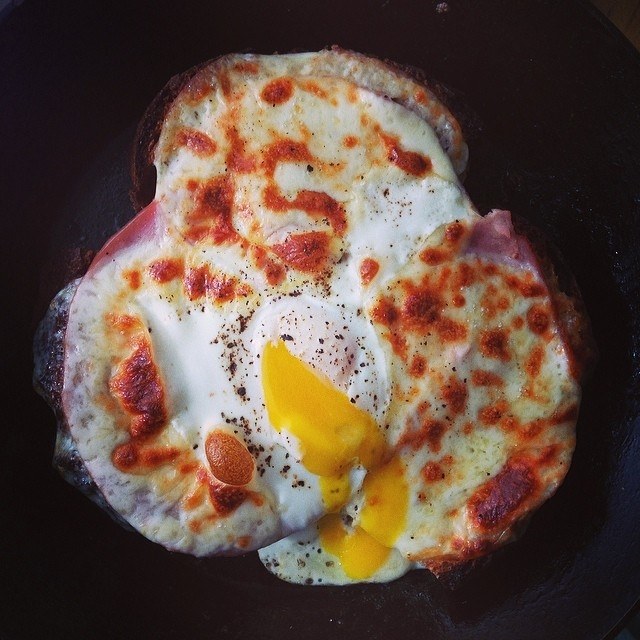7 Ways to Use a Stale Baguette
The other day I glanced down at my phone to see 15 unread text messages. Looks like I was dead in the middle of the beloved family group text.

But this one was pretty interesting. Three of my siblings live in Idaho Falls, Idaho so one of my sisters who lived there sent a picture of the huge snowfall they had that day. Her son actually had a football game that day so they were about to go face that cold scenario. It was funny because our air conditioning unit went out in our house that very week and while you might be thinking, “Oh, it’s almost November, you shouldn’t be needing that. No big deal!”, sadly, you are wrong. When I was reading said group text, I glanced around at my family with glistening foreheads, my kids in shorts and tank tops with red and blue tongues from popsicles, fans buzzing in every room. Our highs the next several days ranged from 94-98 degrees. Yikes!
Anyway, one thing that was kind of bumming me out about this is that I had just bought a couple loaves of French bread because I was planning to make spaghetti the night the AC went out. However, with it being 83 degrees in our house I knew heating to oven up to 400 degrees was completely out of the question. The loaves sat there for a couple days and I was sad thinking they would probably end up in the garbage. Then it occurred to me all the different possibilities for things I could do with those stale loaves. I decided on French toast and it turned out to be the best French toast I have ever made!
Because the loaf was stale, the liquid didn’t soak up into the bread as much as it usually does so I was able to get a nice crispy exterior and the middle wasn’t complete mush, which is usually my problem with French toast. And another great thing about this was slicing up that bread. Every time I slice a fresh loaf of French bread, it often gets smushed down in the middle because of how soft the inside is. So I was able to cut easily through the bread, while it kept its full shape.
This got me thinking and looking up other wonderful uses for a stale baguette and boy are there plenty!

1. Croutons
Cut off the crust, slice the bread into bite-size pieces, toast, and toss them into any and every salad and soup.
2. Homemade Bread Crumbs
Bread crumbs are such a wonderful thing to have on hand to bread some chicken or sprinkle over pasta and roasted vegetables. You can store them in the freezer, untoasted, to be ready at any given moment.

3. Make Meatballs
Stale bread is essential in any solid meatball recipe. Tear up the baguette, soak it in milk to soften it, and add it to the ground meat and seasonings. You can also do this for meatloaf.
4. Use it to Thicken Soup
Take a hint from traditional Italian soups like ribollita and tomato-heavy pappa al pomodoro, which use torn, toasted bread as a thickening agent.
5. Bake Up a Bread Pudding
It doesn’t get much better than a cinnamon sugary, custardy kind of dessert for me. What a perfect way to use up a hard as a brick baguette!

6. Soak Up The Broth of French Onion Soup
Stale bread is practically born for this. Slice up that loaf, place on top of the soup, piled high with cheese, and broiled and you’ll forget that bread wasn’t at its best.
7. Try a Casse-croute

Or you could try this casse-croute, which is what I want to try next. Here is the recipe for it:
Casse-Croute
Butter
Stale baguette, sliced
Chicken Stock
Ham
Gruyere
Egg
Take a heavy skillet, melt butter, toast one side of the stale bread. When it’s toasted, you pour a little chicken stock into the middle of each slice of stale bread to rehydrate it. Then, you drape ham and gruyere over the pieces, crack an egg on top, and put under the broiler for about 3-4 minutes. Eat straight out of the pan.
Do you have any tricks for ways you like to use a stale baguette? Please share your wisdom in the comments below :)
- www.seriouseats.com
- www.epicurious.com
- www.bonappetit.com
 Mary Richardson
Mary Richardson
Weekly Newsletter Contributor since 2014
Email the author! mary@dvo.com
